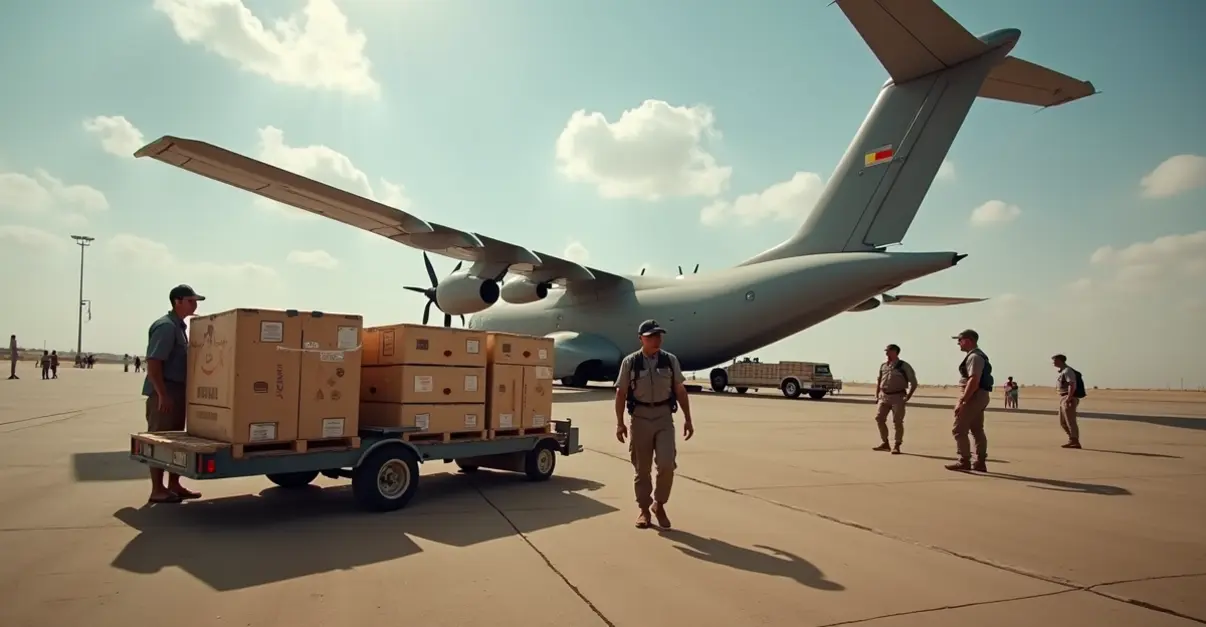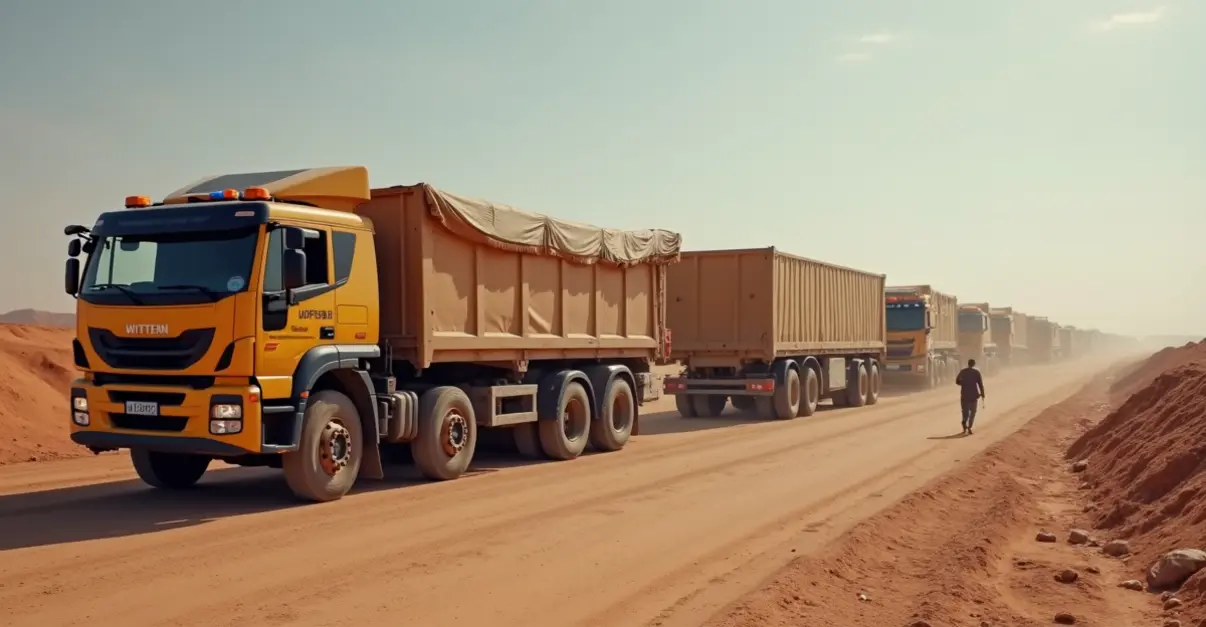International aid convoy successfully reaches conflict zone amid record violence against humanitarian workers. Complex security coordination and dire needs assessment reveal catastrophic conditions. Funding crisis threatens future operations as 305 million people need assistance in 2025.

International Aid Convoy Breaks Through Conflict Barriers
In a significant humanitarian breakthrough, an international aid convoy has successfully reached one of the world's most dangerous conflict zones, delivering life-saving assistance to civilians trapped by ongoing violence. The convoy, coordinated by multiple UN agencies and international NGOs, navigated through complex security challenges to reach populations cut off from basic necessities for months.
Security Coordination Challenges
The operation required unprecedented security coordination between humanitarian organizations, local authorities, and international peacekeeping forces. 'This was one of the most complex security operations we've ever undertaken,' said Joyce Msuya, Assistant Secretary-General for Humanitarian Affairs. 'The safety of our aid workers and the civilians we serve remains our absolute priority, even as we face record levels of violence against humanitarian personnel.'
According to recent UN Security Council reports, 2024 saw 377 humanitarian workers killed across 20 countries, with Gaza described as 'the most dangerous place for humanitarians ever' with over 408 aid workers killed since October 2023. In Sudan, at least 84 humanitarian workers have been killed since the conflict began in 2023.
Needs Assessment Reveals Dire Situation
The convoy's arrival enabled the first comprehensive needs assessment in months, revealing catastrophic conditions among the affected population. 'What we're seeing is beyond anything we've documented before,' reported a senior UN assessment officer who participated in the mission. 'Families are surviving on less than one meal per day, medical facilities have been destroyed, and children are showing signs of severe malnutrition.'
The Global Humanitarian Overview 2025 projects that 305 million people will require humanitarian assistance in 2025, with 210 million living in areas controlled or contested by armed groups. The current operation represents just a fraction of the needed response.
Complex Coordination Efforts
The convoy's success required months of planning and coordination between multiple stakeholders. Security arrangements included negotiated ceasefires, armed escorts in some areas, and complex route planning to avoid active combat zones. 'Every kilometer was negotiated, every checkpoint required coordination,' explained a logistics coordinator with the World Food Programme. 'We're operating in an environment where the rules of war are being systematically violated.'
Recent incidents highlight the ongoing dangers. In June 2025, a North Darfur aid convoy attack killed five humanitarian workers, while an airstrike on a West Kordofan hospital killed 41 civilians and partially destroyed the facility. The siege of Al Fasher continues to restrict humanitarian access across Sudan.
Local Partnerships and Challenges
The operation also involved complex local partnerships, including coordination with groups like Yasser Abu Shabab's Popular Forces in Gaza, who have been involved in both securing and looting aid convoys. Jonathan Whittall, head of the United Nations Office for the Coordination of Humanitarian Affairs, stated that gangs such as Abu Shabab's are responsible for 'The real theft of aid since the beginning of the war' and that this is being done 'under the watch of Israeli forces.'
In May 2025, Abu Shabab and his men were reported to be securing aid convoys for the Gaza Humanitarian Foundation, though Hamas accused him of being a collaborator with Israel. The situation illustrates the complex local dynamics that humanitarian organizations must navigate.
Funding Crisis Looms
Despite the successful convoy delivery, humanitarian organizations face a severe funding crisis. The 2024 global humanitarian appeal was only 43% funded, forcing difficult operational choices. 'We're making impossible decisions every day about who gets help and who doesn't,' said a senior official with the International Rescue Committee. 'The gap between needs and resources has never been wider.'
The Global Humanitarian Overview 2025 reveals that humanitarian partners are appealing for over US$47 billion to assist nearly 190 million people facing life-threatening needs across 72 countries. Current funding levels fall dramatically short of these requirements.
Future Operations at Risk
The success of this convoy provides hope but also highlights the immense challenges facing future humanitarian operations. With conflicts becoming more entrenched and climate shocks increasing in severity, the humanitarian community faces an unprecedented crisis. 'This convoy reached people who haven't seen aid in months, but there are millions more waiting,' said the convoy's lead coordinator. 'Without increased funding and better security guarantees, we won't be able to reach them all.'
As 2025 progresses, humanitarian organizations anticipate having to make increasingly difficult choices about resource allocation, with the lives of millions hanging in the balance. The international community faces a critical test of its commitment to humanitarian principles and the protection of civilians in conflict zones.

 Nederlands
Nederlands
 English
English
 Deutsch
Deutsch
 Français
Français
 Español
Español
 Português
Português









